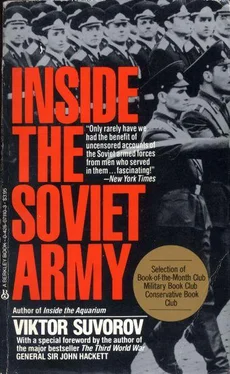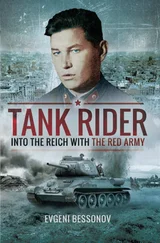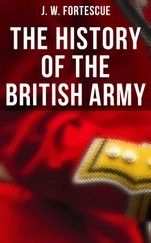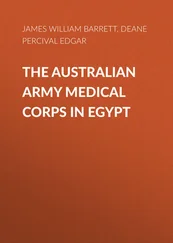Unlike its Western equivalent, the South-Western Strategic Direction covers terrain which is unsuitable for the deployment of a large quantity of tanks. In addition, of course, the enemy is not as strong here as he is in the West. The Fronts of the South-Western Strategic Direction therefore have no Tank Armies. Each Front consists of an Air Army and two All-Arms Armies.
The staffs for all the Armies are brought from military districts in the USSR. In order to examine the structure of this Strategic Direction, we will do two things: we will assume five Bulgarian tank brigades to equal two tank divisions-an equation which any military specialist will confirm is reasonable. We will also move one Soviet motor-rifle division forward just 200 metres from the town of Uzhgorod on to Hungarian territory. We will then have the following picture:
In Hungary there are 3 tank and 8 motor-rifle divisions. The Front there will consist of two Armies each of 1 tank and 4 motor-rifle divisions, with 1 tank division in reserve.
In Romania there are 2 tank and 8 motor-rifle divisions-these will also form a Front of two standard Armies together with an Air Army.
In Bulgaria there are 2 tank and 8 motor-rifle divisions.
In the second echelon is the Carpathian Military District, consisting of the 58th Air Army and the 13th and 38th Armies. We already know that the staff of the 8th Guards Tank Army has no one under its command and is to move to Czechoslovakia in the event of war. Having made this assumption and after moving one motor-rifle division forward 200 metres, the Front will have 3 tank and 8 motor-rifle divisions-2 Armies with one division in reserve.
Finally, in the third echelon, there is the Kiev Military District, in which are located the staff of the C-in-C of the Strategic Direction and the Group of Tank Armies (the 3rd and 6th Guards Tank Armies, with a total complement of 8 tank divisions).
In reserve the C-in-C has two tank divisions (in Hungary and Czechoslovakia) four motor-rifle divisions and the 102nd Guards Airborne division. In addition he has a diversionary regiment and the variety of supporting formations and units which the C-in-C of the Western Strategic Direction also has.
Of course, it is no accident that the Group of Tank Armies is located in the Kiev Military District. From here the Group can move quickly forward to the Front by which it is most needed. But it could also be quickly brought under the command of the Western Strategic Direction and, by violating the neutrality of Austria from Hungary, could attack the undefended Austro-German frontier.
2
The proportions laid down for the South-Western Direction are observed as precisely as those of its Western counterpart.
In each Army there are 4 motor-rifle divisions and 1 tank division. In the Strategic Direction there are 4 All-Arms Fronts and 1 Group of Tank Armies.
In each Front there are 2 tank and 8 motor-rifle divisions. In all there are 2 Tank Armies and 8 All-Arms Armies made up of 16 tank and 32 motor-rifle divisions. You will recall that in the Western Direction there are 32 tank and 32 motor-rifle divisions.
The South-Western Strategic Direction can be strengthened with forces from the Odessa and North Caucasus Military Districts.
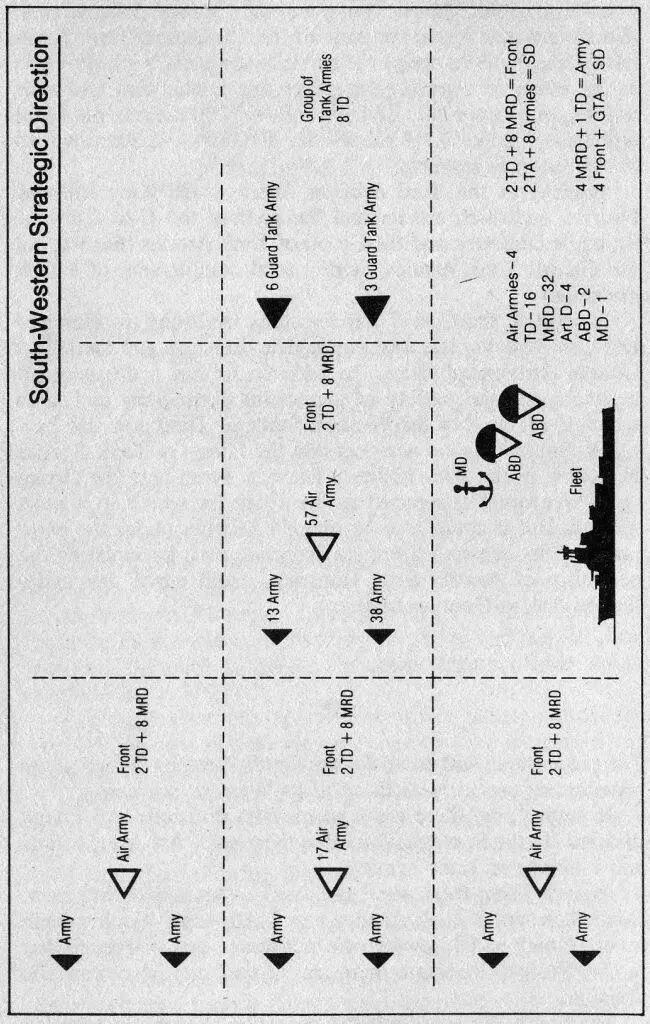
1
The Soviet Army is armed with dozens of types of artillery weapons: guns, howitzers, gun-howitzers, and howitzer-guns, ordinary and automatic mortars, multi-barrelled, salvo-firing rocket launchers, anti-tank and anti-aircraft guns. In each of these classes of weapons there is a whole array of models-from very small to very large-and most of these exist in many variants-self-propelled, auxiliary-propelled, towed, assault, mountain and static.
But despite the wide variety of artillery systems, all of these have one feature in common; no matter how many men there are in the crew of a gun-three or thirty-only two qualified specialists-the commander and the gunlayer-are needed. All the rest of the crew can perform their duties without any kind of specialised training. Any № 2 loader, rammer number, fuse-setter, ammunition handler or other member of a gun's crew, can have his duties explained in three minutes and the crew can be working like automata within a few hours. The same applies to the driver of a self-propelled gun or of a gun tractor. If he was previously a tractor driver he too will quickly master his new functions.
Soviet generals know that it is possible to teach a bear to ride a bicycle-and very quickly. Why, they reason, do we need to maintain a peacetime army of hundreds of thousands of soldiers whose wartime tasks would be so simple? Surely it is easier to replace the thirty men in a two-gun howitzer platoon with five-the platoon commander, two gun-commanders and two loaders and to moth-ball both guns and their tractors? If war comes, the others-the bears-can be trained very quickly. For the present let them occupy themselves with peaceful work-casting steel (armoured, of course) or building electrical power-stations (for the production of aluminium, which is used only for military purposes in the USSR).
2
In peacetime the great majority of Soviet artillery regiments, brigades and divisions therefore have only 5 % of the soldiers they would need in wartime. Only those units (an insignificant minority) stationed in the countries of Eastern Europe or on the Chinese frontier are up to full strength.
This principle applies not only to the artillery but to most of the land forces and indeed to the bulk of the whole Soviet Armed Forces. It is almost impossible to apply it to certain categories-to tank forces or to submarines say. But it does apply in many cases, particularly to the infantry, to the marine infantry, to repair, transport and engineer sub-units and to units manning Fortified Areas.
Because of this, the enormous Soviet land forces, with their peacetime strength of 183 divisions as well as a very large number of independent brigades, regiments and battalions, have a laughably small numerical strength-little more than one and a half million men.
This astonishingly small figure is deceptive. Simply bringing the existing divisions and the independent brigades, regiments and battalions up to strength on the first day of mobilisation will raise the strength of the land forces to 4,100,000. But this is just the first stage of mobilisation.
3
Soviet divisions are divided into three categories, depending on the number of `bears' absent in peacetime:
Category A-divisions which have 80 % or more of their full strength
Category B-those with between 30 % and 50%
Category C-those with between 5 % and 10%
Some Western observers use categories 1, 2 and 3 in referring to Soviet divisions. This does not affect the crux of the matter, but is not quite accurate. Categories 1 to 3 are used in the USSR only when referring to military districts. Divisions are always referred to by letters of the alphabet. This is because it is simpler to use letters in secret abbreviations. For instance, `213 C MRD' refers to the 213th motor-rifle division, which falls in category C. The use of a numerical category in such a message could lead to confusion. In referring to military districts, which have titles but no numbers, it is more convenient to use figures to indicate categories.
Some Western observers overestimate the number of soldiers on the strength of category B and C divisions. In fact there are considerably fewer soldiers than it would appear to an outside observer. These overestimates presumably result from the fact that in many military camps, in addition to the personnel of divisions which are below strength, there are other sub-units and units, also below strength but not included in the complement of the division. The Soviet land forces have some 300 independent brigades, more than 500 independent regiments and some thousands of independent battalions and companies, which do not belong to divisions. In most cases their personnel are quartered in the barracks of divisions which are below strength, which gives a misleading impression of the strength of the division itself. In many cases, too, for camouflage purposes, these sub-units wear the insignia of the divisions with which they are quartered. This applies primarily to rocket, diversionary and reconnaissance/intelligence personnel but is also the case with units concerned with the delivery, storage and transport of nuclear and chemical weapons.
Читать дальше
